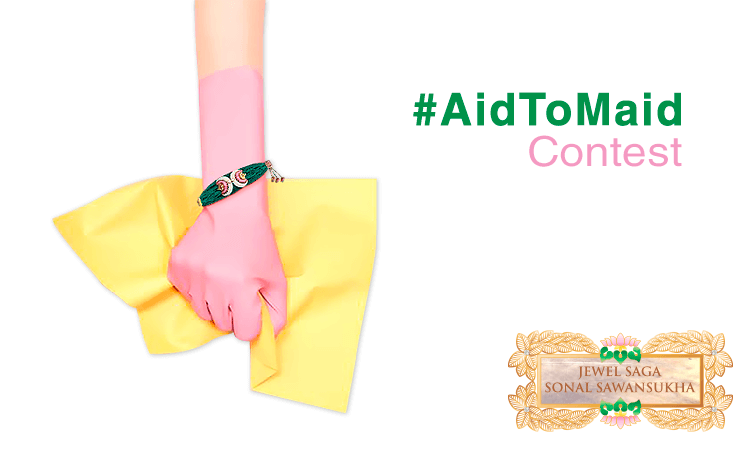BIRTH CONTROL: ALL YOU NEED TO KNOW
- IWB Post
- January 20, 2014

With so many types of birth control to choose from, it can be hard to determine what’s right for you. Here are some basic facts about many types of birth control.
HORMONAL TYPES include the birth control pills, shot, skin patch and vaginal ring.
These pills contains estrogen and progestin. Taken daily, it prevents the ovaries from releasing an egg. The pill also causes changes in the uterine lining and cervical mucus to keep sperm from joining the egg. Along with benefits there are also some side effects of birth control pills.
Both the skin patch and vaginal ring (a thin flexible ring) release estrogen and progestin into the bloodstream to stop the ovaries from releasing eggs in most women. The patch and the vaginal ring also thicken the cervical mucus, which keeps sperm from joining the egg.
Birth control shots are shots of progestin that are given every three months. The shots will stop the ovaries from releasing eggs in most women. They also cause cervical changes to keep sperm from joining with the egg. Don’t use shots for more than two years straight, though, as they can cause temporary loss of bone density.
INTRAUTERINE DEVICES (IUDs) are inserted into the uterus by a doctor. The two main types of IUDs are copper and hormonal.
The copper IUD releases a small amount of copper into the uterus, which prevents sperm from reaching and fertilizing the egg. It can stay in the uterus for 5-10 years.
The hormonal IUD releases progestin into the uterus, which keeps the ovaries from releasing an egg and thickens the cervical mucus so sperm can’t reach the egg. It can stay in the uterus for up to five years. If fertilization does occur, both IUDs keep the fertilized egg from implanting in the uterine lining.
BARRIER METHODS include condoms, diaphragms, caps, shields and sponges.
The female condom, made of thin, flexible, man-made rubber, is worn inside the vagina. It can be inserted up to eight hours before having sex. Don’t use it and a male condom simultaneously, however. Male condoms are made of latex, polyurethane and lambskin. Oil-based lubricants weaken condoms, causing them to tear or break.
The sponge is a soft, disk-shaped device made of polyurethane foam containing spermicide.
The diaphragm, cervical cap, and cervical shield all block sperm from entering the cervix and reaching the egg. The diaphragm and cervical cap come in different sizes and need to be fitted by a doctor.
One type of permanent birth control is a surgery-free procedure that works with your body to create a natural barrier against pregnancy. It involves placing soft, flexible inserts into your fallopian tubes. Over a period of about three months, the body works with the inserts to form a natural barrier in the fallopian tube. This creates a barrier that keeps sperm from reaching the eggs and prevents conception.
Another type of permanent birth control is surgical sterilization which cuts, ties or seals the fallopian tubes. This stops eggs from travelling to the uterus and prevents fertilization.
EMERGENCY CONTRACEPTION
Often called the morning-after pill, emergency contraceptive pills (ECPs) can help women who just had sex and something went wrong. It’s also an important option for women who were forced to have sex.
Most emergency contraceptive pills use levonorgestrel, a form of the hormone progesterone. Although scientists aren’t completely sure how it works, they believe that levonorgestrel prevents pregnancy either by stopping the ovulation process or by disrupting the ability of sperm and egg to meet in the fallopian tubes.
Some speculate that the drug may prevent the fertilized egg from implanting as well, perhaps by making the uterine lining less receptive to the egg. Levonorgestrel does this by disrupting the natural hormonal cycle. It contains a synthetic form of progesterone. The high doses of progesterone are disruptive enough to prevent fertilization and implantation.
Although there is only a 24-hour window during which an egg can be fertilized, sperm can live for three to five days inside a woman’s body. So if a woman has unprotected sex three days prior to ovulation, she has a very good chance of getting pregnant.
That said, pills with levonorgestrel work best up to 72 hours after having unprotected sex, but will reduce the risk of pregnancy if taken within five days after unprotected sex. If fertilization and implantation have already happened, levonorgestrel won’t interrupt the pregnancy.
A newer type of emergency contraception is available that doesn’t use hormones. It is a drug called ulipristal acetate (UPA) that blocks the effects of your own hormones. UPA delays ovulation so it may help prevent implantation. It stays effective for up to five days after sex.
The Copper-T intrauterine device (IUD) is another emergency contraception option. It does not affect ovulation, but it can prevent sperm from fertilizing an egg. It may also prevent implantation of a fertilized egg.
A doctor places the small, T-shaped device into the uterus within five days after having unprotected sex. The doctor can remove the IUD after your next period. Or, it can be left in place for up to 10 years as a form of regular birth control.
KEEP ASKING YOUR QUESTIONS!
- 0
- 0












